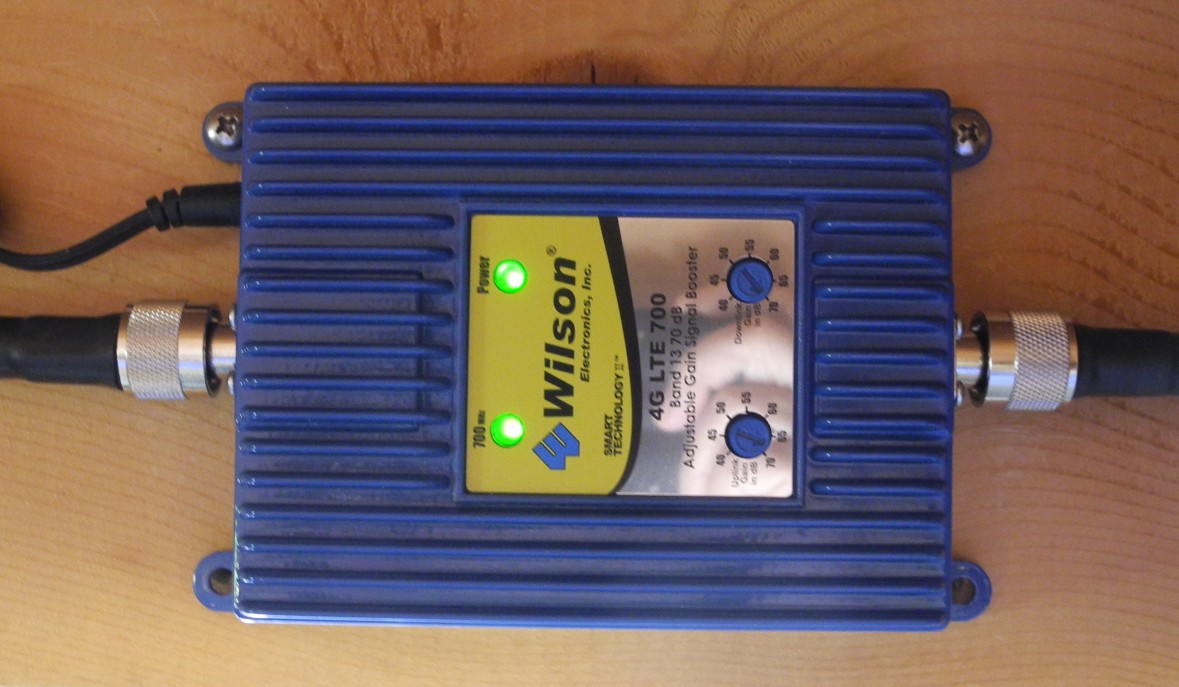
“Long term evolution”, LTE is a first step in this direction, with a separate packet-switched high speed data channel. The existing circuit-switched channels for voice (CDMA or GSM), were retained — for now.
Unfortunately, this means that antennas and bi-directional amplifiers are needed to support the high speed data channels as well as the voice channels. There are two main approaches to having an LTE data connection as well as a voice connection in areas of marginal reception:
Suitable bi-directional amplifiers have recently become available. For example:
Wilson 4G LTE 700 (801865)(*) (for band 13 — currently used by Verizon Wireless)

Wilson AWS 70 (802365)(*) (for band 17 — used by T-Mobile USA and some Canadian providers)
High gain antennas are also available for the upper 700 MHz band (see below). For example, sector antennas JA750S18-65 (18 dBi, 65°), JA750S14-65 (14 dBi, 65°), and JA750S12-90 (12 dBi, 90°) from JACC Limited:
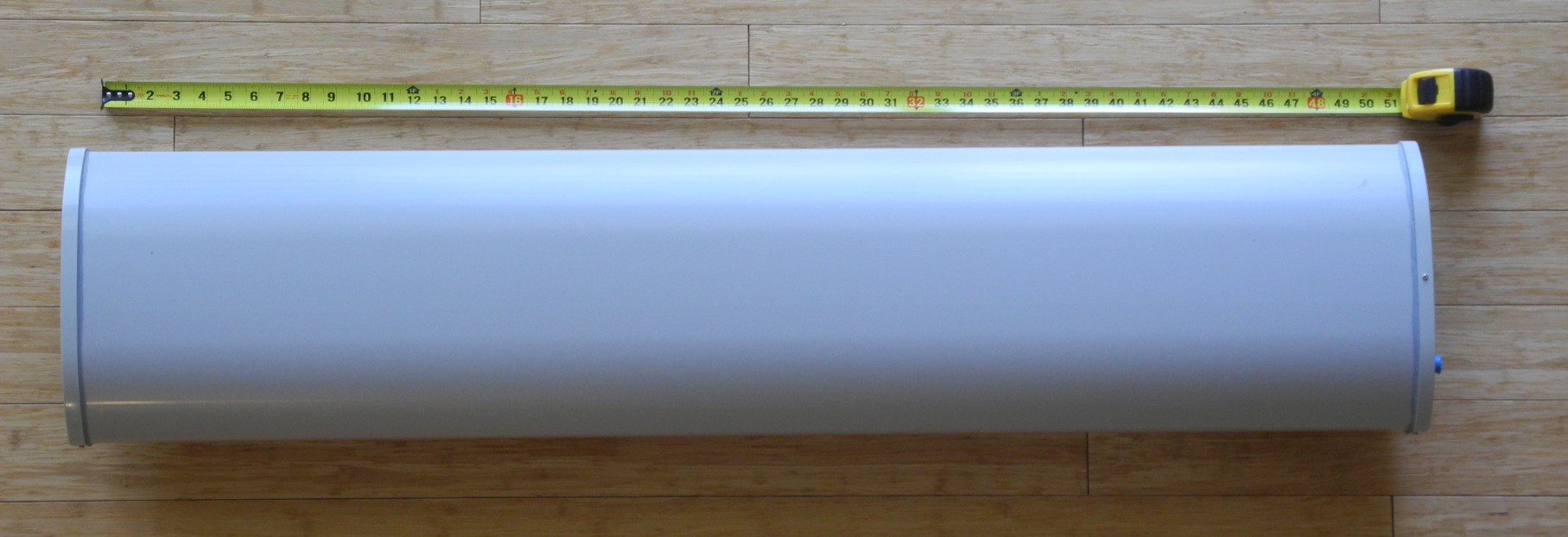
The latest sector antennas may not always show up right away on the JACC web site — contact them directly for more information.
Further, check Nanhai Microwave Communications Equipment Co. for high gain sector antennas. Again, the web site may not be easy to navigate - may need to look under VHF TV/UHF TV/RFID Antennas 760-780 MHz.
See also 700 MHz Yagi Antennas from ZDA (10, 14 and 16 dBi).
See also 700 MHz Grid Parabolic Antennas from ZDA (10, 12, 15, and 16 dBi).
See also High-Gain All Band LTE/3G/GSM Antenna from Poynting (12 dBi)
See also TESSCO.
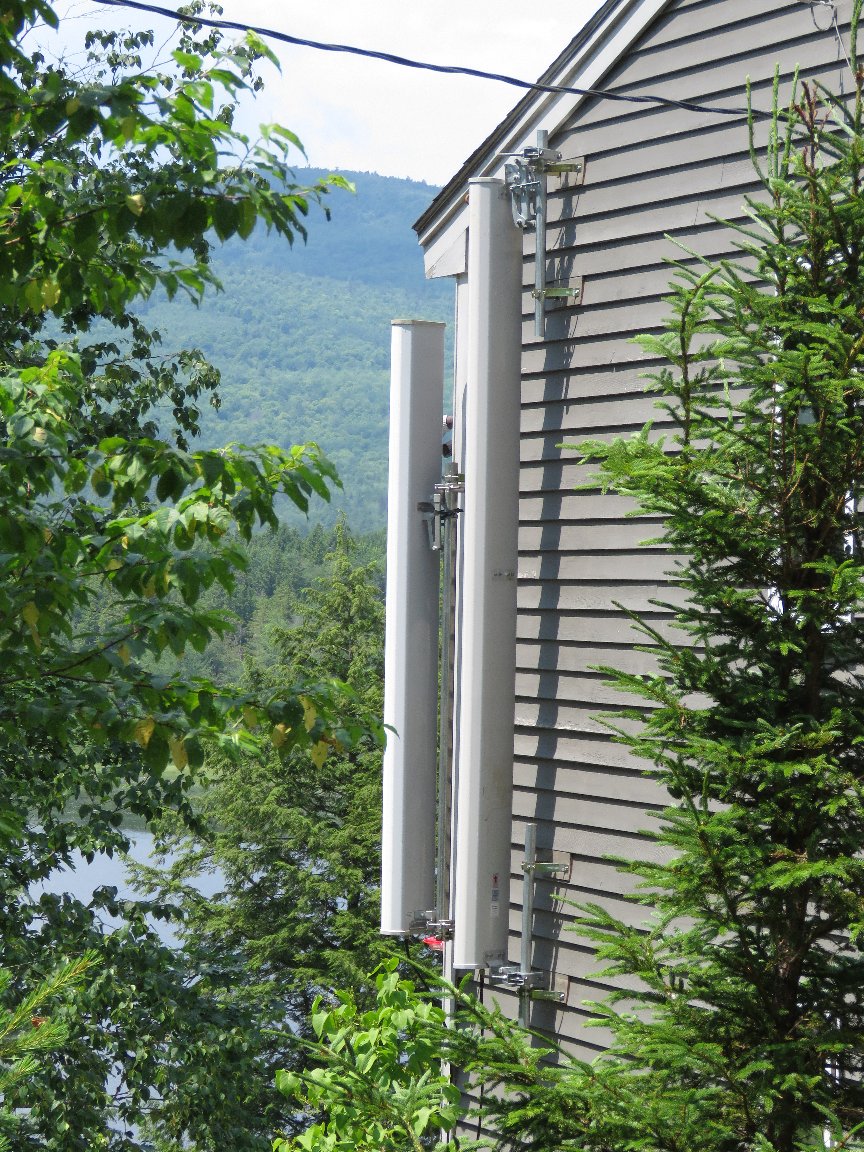
Suitable bi-directional amplifiers have recently become available. For example:
Wilson Tri-band 4G-V (805165)(*) for band 13 (upper 700 MHz band) — as well as 800 and 1900 MHz bands for voice (Verizon Wireless).
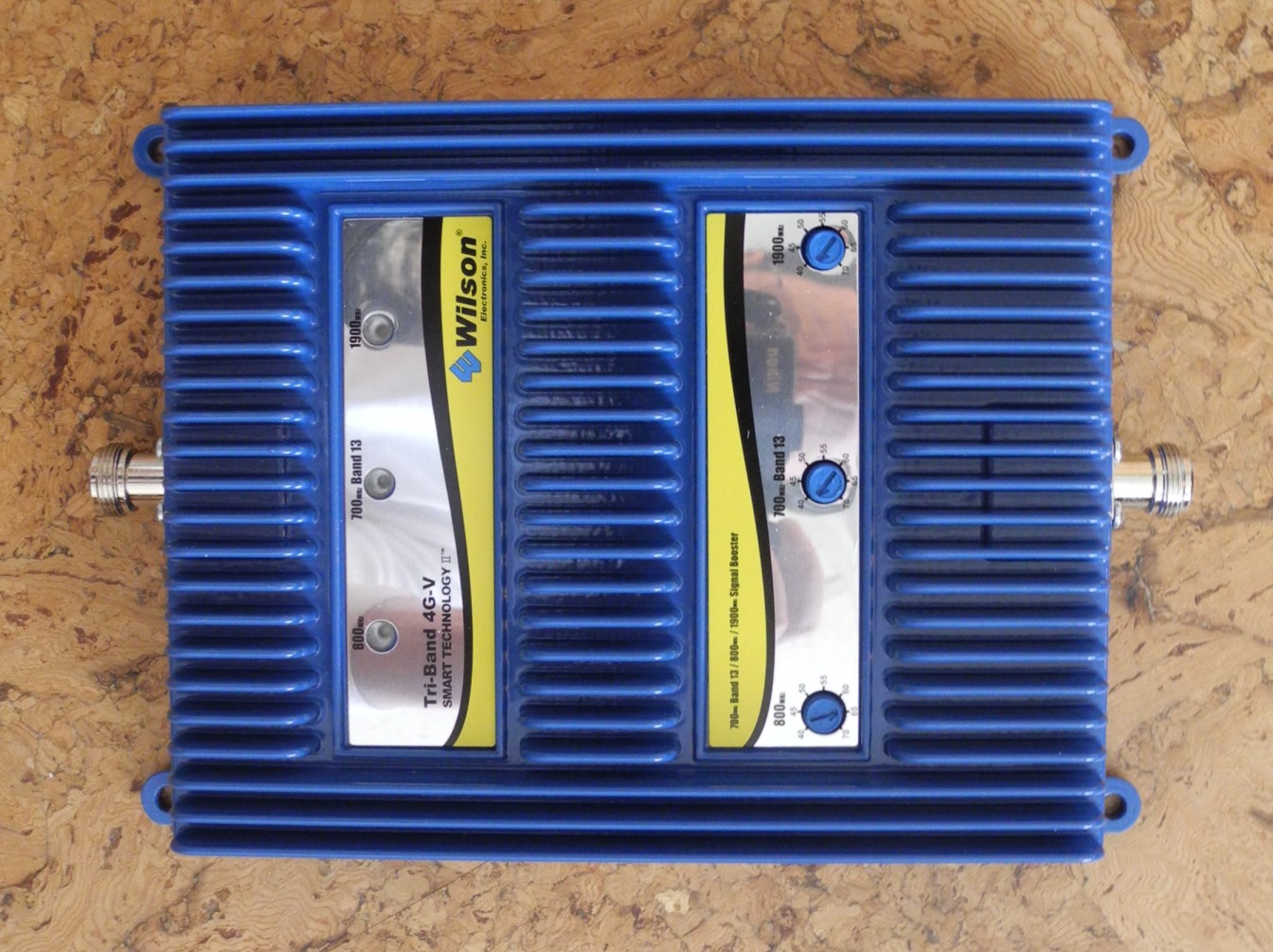
Wilson Tri-band 4G-C (802770)(*) for AWS (1700/2100 MHz) band — as well as 800 and 1900 MHz bands for voice (T-Mobile USA and providers in Canada).
Wilson Tri-Band 4G-A (805370)(*) for band 12 (lower 700 MHz band) — as well as 800 and 1900 MHz bands for voice (AT&T Mobility).
See also Wilson Tri-band 4G-V, 4G-A, 4G-C Boosters(*)
Wilson AG Pro Quint Selectable (803470)(*) for (i) Verizon Wireless LTE upper 700 MHz, (ii) AT&T Mobility LTE lower 700 MHz, (iii) T-Mobile USA LTE (AWS 1700/2100 MHz) — and the voice bands (iv) cellular (800 MHz) and (v) PCS (1900 MHz).
SureCall Force55 CM5000-80 five band amplifier that supports all 2G, 3G and 4G bands used in the USA and Canada (Cellular / PCS / AT&T LTE / Verizon LTE / T-Mobile AWS) — except Sprint/WiMax (suitable for large installations).
SureCall Fusion5s Fusion5s supports Voice/3G/4G LTE 5-Band for all major carriers (suitable for more moderate installations).
Phonetone has amplifiers that cover up to 7 bands, (including the new “digital dividend” band (600-700 MHz) used by T-Mobile):
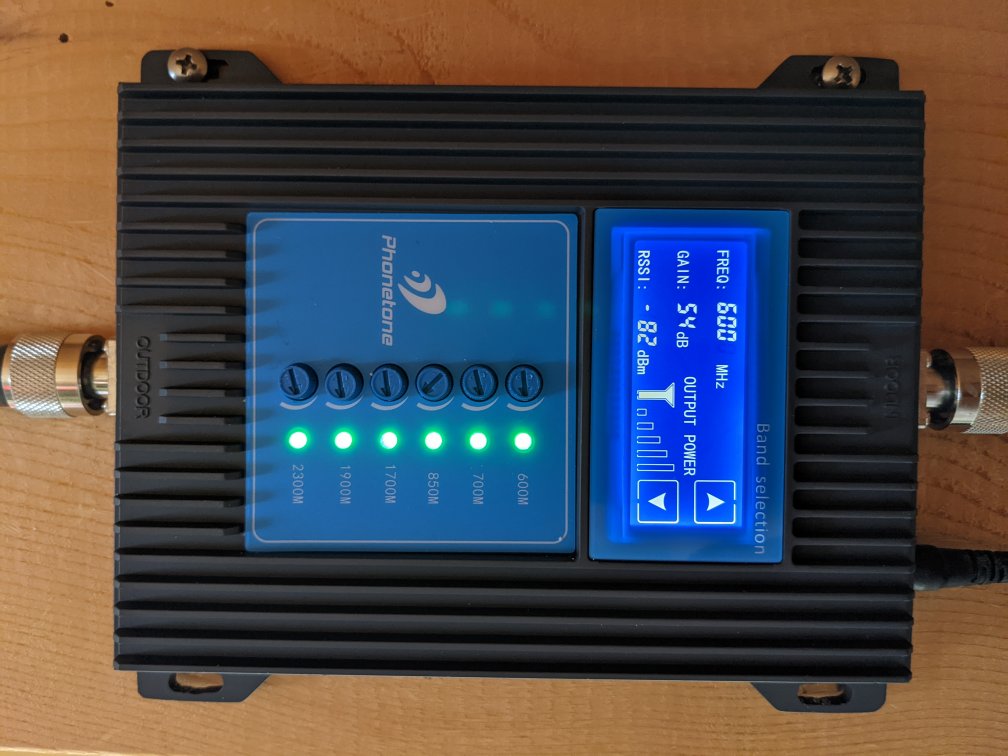
Multiband amplifiers are considerably more expensive than single band, but allow one to save on cabling and antennas.
Many low gain flat panel and dome antennas for interior use (such as Wilson 301135(*) and Wilson 301123)(*) cover both the 800-900 MHz cellular voice channel and the 700-800 MHz channel (band 12 and 13) used by some providers for LTE data. Finding a high gain outside antenna that covers both may, on the other hand, be more of a challenge (although in some cases an antenna designed for the cellular 800-900 MHz band may still have useful gain, at least in the upper part of the 700-800 MHz range — check with the manufacturer).
• Verizon Wireless (so far) uses band 13 (upper SMH, 776-787 MHz uplink and 746-757 MHz downlink, FDD)
• U.S. Cellular uses band 12 (lower SMH, 698-716 MHz uplink and 728-746 MHz downlink, FDD)
• AT&T Mobility uses band 17 (lower SMH, 704-716 MHz uplink and 734-746 MHz downlink, FDD)
• T-Mobile (and some Canadian providers) use band 4 (AWS, 1710-1755 MHz uplink and 2110-2155 MHz downlink)
• T-Mobile uses band 71 (617-652 MHz downlink and 663-698 MHz uplink).
See Frequency Bands and Channel Bandwidths for a more detailed listing.
Presently there appears to be little inter-operability in the LTE world. Different carriers use different frequency bands for high speed data, and equipment manufacturers at times design chips to cover specific bands used by their clients.
In planning a cellular repeater, keep in mind that the cellular world is growing and evolving rapidly. Verizon Wireless, for example, currently uses only a 10 MHz band in the upper 700 MHz range for LTE (band 13), but has recently acquired a 20 MHz channel in the AWS range (band 4) (which is not accessible to their older smart phones).
Since LTE data channels are entirely separate from the voice channels, their base stations also have their own unique identifier, MCC:MNC TAC:CI (and PCI), where TAC is the Tracking Area Code, CI is the Cell Identity (and PCI is the physical cell ID). One app that exposes the unique ID and the LTE channel (as well as detailed LTE signal strength, SNR and CQI indications) is CellTracker — see the last two lines of text in the screen shot:
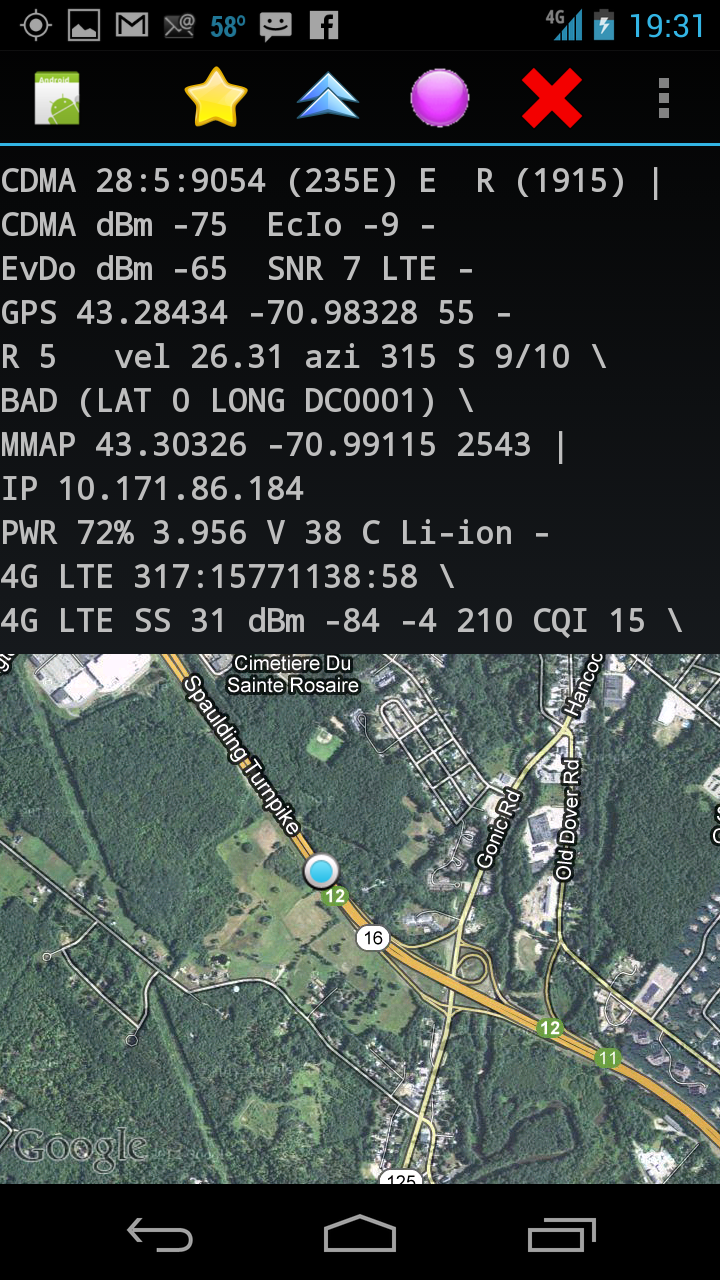
As with GSM and CDMA, base station IDs are not assigned arbitrarily, but tend to follow certain numbering rules, which may be useful in locating nearby base stations.
• SVLTE (Simultaneous Voice and LTE)
SVLTE apparently requires two radios to be on at the same time, which has the advantage that voice usage will not impact the data rate — but this increases power consumptions and cost.
• CSFB (Circuit Switched Fallback)
CSFB works with a single radio that can be switched in frequency, and may suffer from somewhat longer call setup time as a result.
While two receivers operating simultaneously do not present a big problem, multiple transmitters do (because of interference from intermodulation products). So some schemes have receivers operating on both the voice and the data channels, but only allow transmission on one of these at a time.
In some cases carriers support using LTE connections alone, without a “companion” CDMA or GSM connection — Google's Project Fi may be one such.
See also “Evolution and Deployment of VoLTE” .